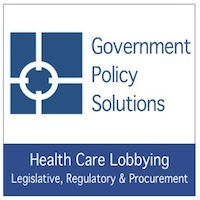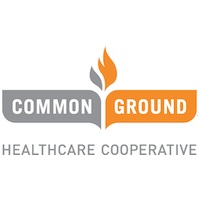
MCW’s Egede says partnership needed to tackle the social determinants of health
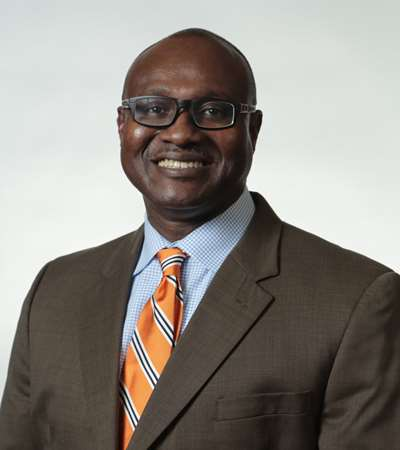
Dr. Leonard Egede, the inaugural Milwaukee community chair in health equity research at the Medical College of Wisconsin, sees partnership as critical to tackling the chronic stress caused by challenges related to food, housing, transportation and other social determinants of health.
The head of the Center for Advancing Population Science at MCW, Egede said healthcare organizations, policymakers and the business community have to work together to address this “important aspect of the future of health and wellness.”
“It’s actually beneficial for the long-term health of society and for individuals,” he said in a recent interview with Wisconsin Health News. “I think everybody needs to begin to buy into this.”
Egede became interested in the social determinants of health early in his career. After attending medical school in Nigeria, he worked at a hospital that allowed him to travel into rural communities to provide care.
“That was really an eye-opener,” he said. “You actually saw very desperate needs.”
He did his residency at Johns Hopkins University in Baltimore, where he saw the impact of social factors on people’s lives. That led him into diabetes research and other fields of study.
He previously worked at the Medical University of South Carolina before coming to Milwaukee.
Edited excerpts from the interview are below.
WHN: What’s been involved in your research in Milwaukee?
LE: When I moved from South Carolina about five-and-a-half years ago now … we had done two large studies in South Carolina looking at social determinants of health. So what we wanted was to have a general lay of the land for Milwaukee. So we did a study where we recruited about 2,400 individuals from Milwaukee and looking at all of these social factors. And it was what we call a mixed methods study. So we did focus groups, stakeholder interviews and then surveys. We talked to people who worked in public housing, healthcare, the legal system, across our schools, across the domains. And we also talked to patients.
And what became very clear was that the common pathway for a lot of these social factors was chronic stress. And so you had people impacted by incarceration. We saw things like food, housing, transportation, unemployment. The common thing that happened was when people went through some of these stressors, it created this state of chronic stress that distracted people from being able to take care of their chronic disease. And so we began to talk about a concept of this idea of human capital, which is the ability for people to actually generate wealth. And so if you are sick or you are dealing with a lot of these factors, you’re not able to actually work and be effective and contribute to society. So that’s kind of what we found. We actually put that model out there as a way of thinking about these issues and to begin to look at where can we intervene, what kind of programs can we put in place.
WHN: How do you get at the root issues?
LE: The underlying framework for all of this is poverty. So from a societal standpoint, I think the more we do to actually address poverty, the more likely we are to address this issue. So that’s kind of a big societal issue. So when you bring it down to the healthcare system level, there’s really three broad approaches that we’re taking right now to address some of these issues.
One of them is tied to food and food access. So we’re actually asking the question, for people who are food insecure, what is the best way to supplement food for them? So you can imagine if you are a healthcare system, and I think Geisinger Health has tried this out, you actually begin to supplement and build sort of these social factors into the care that you actually provide. One, it will save you money because then the individuals are more likely to take their medications. They are less likely to use the emergency department. So if you’re able to take care of the social issues, whether it’s food, whether it’s housing, whether it’s transportation, really overall, people tend to do better. It actually helps.
The second group of individuals we are also focusing on are the elderly. And the idea is: How do we help the elderly age at home? Realistically, we can’t warehouse everyone in a nursing home or an assisted living facility. As this population continues to grow, it’s going to be more efficient for society to actually have a way to get to them where they are. So the push right now is: What kind of programs can we develop that will actually allow us to provide care for the elderly in their homes, where we’re actually going into their homes and providing care effectively? So we’re testing some of these interventions for the elderly, whether that’s (virtual reality) technology, whether that’s using devices in their homes or even actually sending healthcare workers into the home to provide home-based care. So that’s one of the programs.
And the third area we’re actually looking at is the whole concept of really targeting this financial pressure that people face. And so we’re looking at incentives, if you actually supplement people’s income. I want to be very careful. This is not—we’re not preaching socialism. We’re actually saying, ‘If you take people from the base level of abject poverty to a minimum, livable wage, if you actually did that, would they have more time to focus on health? And if they focus on health, does that save society money?’
… We’re just asking fundamental questions. And it has nothing to do with politics, whether it’s right wing or left wing. It’s just really about human suffering and how do we address that human aspect of medicine. And if we’re able to test this, the question is: Can we provide enough evidence that an average individual who is unbiased can look at that evidence and say, this is probably the right thing to do? So that’s kind of where we are with our research.
WHN: What steps are you taking to translate this into action?
LE: The longer I’ve done this, the more I’m recognizing that it’s almost like a two-step process. It’s not enough to just publish a paper somewhere, and it gets buried. We’re actually beginning to ask ourselves: How do we get this information into the hands of policymakers? So there are three broad groups of individuals who are really very influential in this process. You have healthcare, and kind of the healthcare industry or those who provide healthcare. You have the governmental officials and legislators and those who actually make policy. And then you have the business leaders.
So if you think about employment, poverty-related issues, many of those issues, you will have to bring all of this public-property partnership together. So our sequence right now is to first get the best evidence possible. Because having a conversation with someone when it’s not even necessary I think is not realistic. You just talk. But we actually are trying to get the evidence. And once we have that, we’re going to actually begin to package the evidence in a way that allows people to actually digest it. And so we’re going be talking about—there’s something called a policy roundtable where we try to bring together people from different groups to actually review the evidence and ask questions about how do we make this work. But then also, distill the information in a way that an average policy advocate can take that information and begin to push it.
But we would also push it ourselves because we’re going to be asking questions about here’s the evidence, this works, what are we going to do about it? And we’re going to actually begin to have dialogue across multiple sectors and hopefully bring people together. Because, on one hand, I think everybody agrees that these are important issues. I think it’s more about what do we do about it. And maybe giving people tools will allow people to begin to ask and maybe push for this.
WHN: How long do you anticipate it’ll take to see impacts from this?
LE:
You have to be an optimist to do what we do. Because this is not a short time, one year, five years. This is long term. And so the way we’re approaching it is we are mapping a 10- to -15-year plan. And it’s going to require a lot of individuals. Our team right now, we have roughly about eight to 10 faculty members. We have almost 40 staff members. So the team has really grown over time. We leverage resources. We do federal funding for some of our programs. We also leverage philanthropy to actually deploy some things that wouldn’t be out there. And then we’re going to be leveraging resources across the business sector and really providing robust infrastructure.
So my goal is that these types of programs are not dependent on one individual. It’s really you’re going to have a lot of people who are buying into it who are going to keep this alive.
This article first appeared in the Wisconsin Health News daily email newsletter. Sign up for your free trial here.

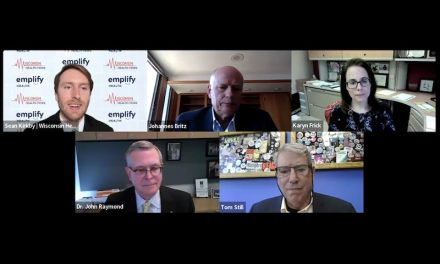











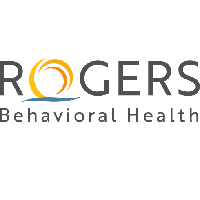
.jpg?bwg=1612548324)


